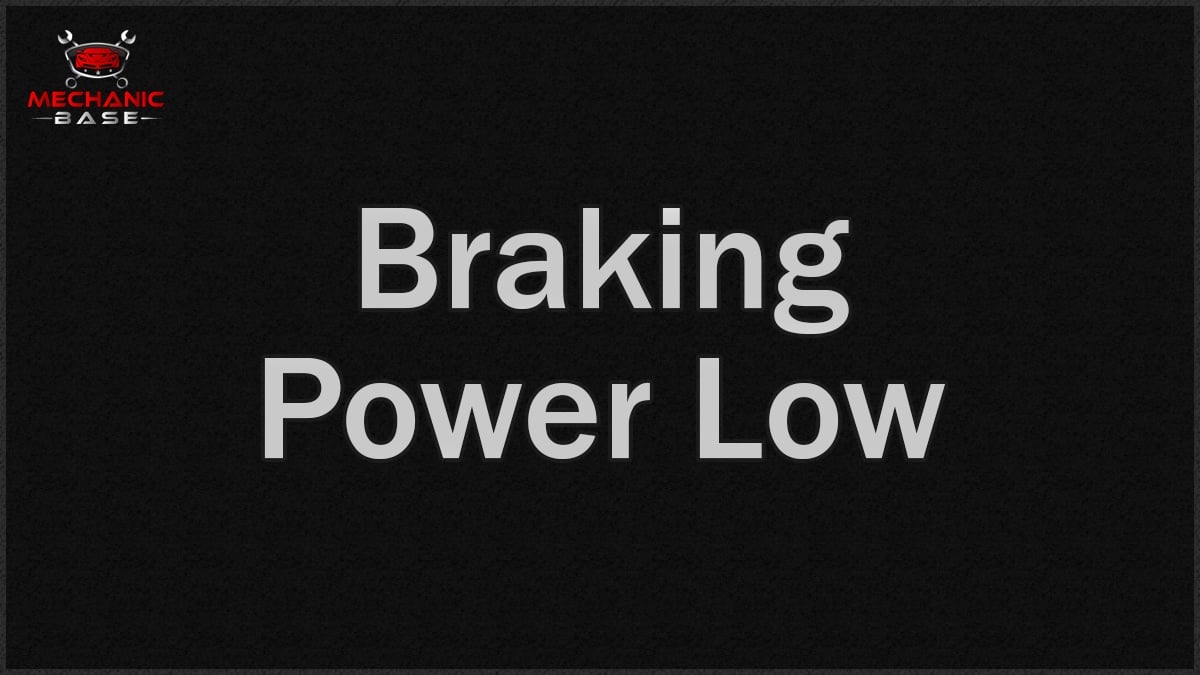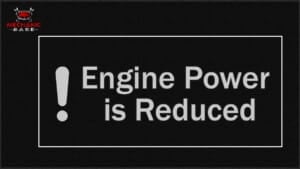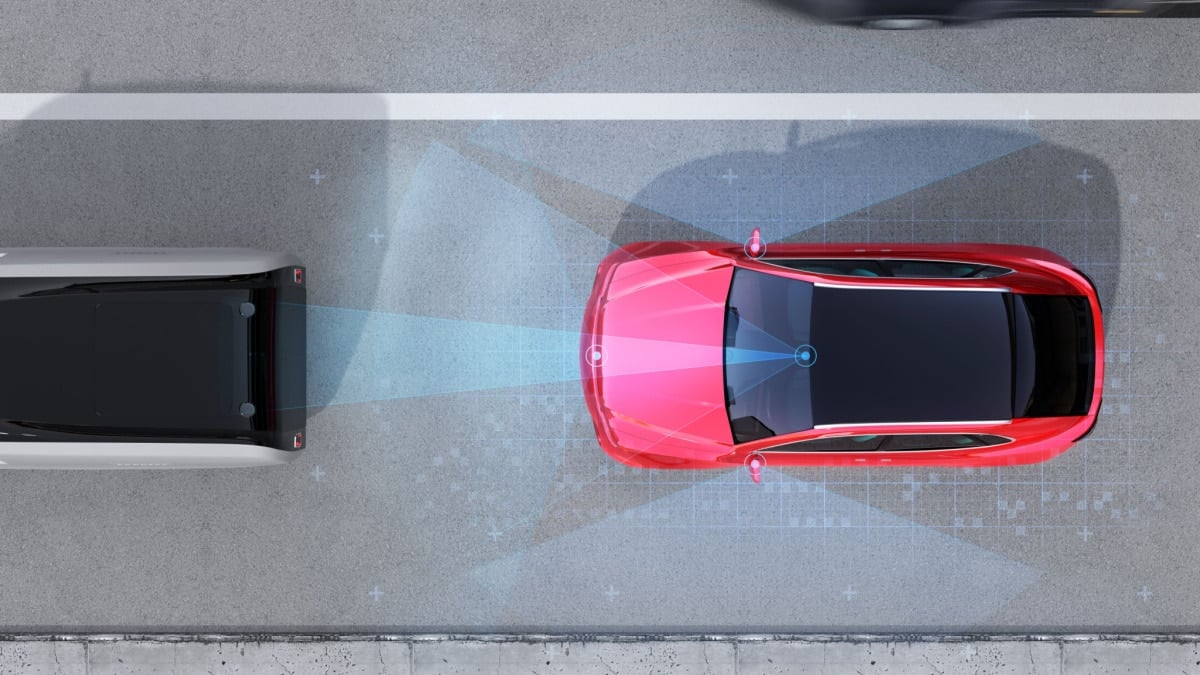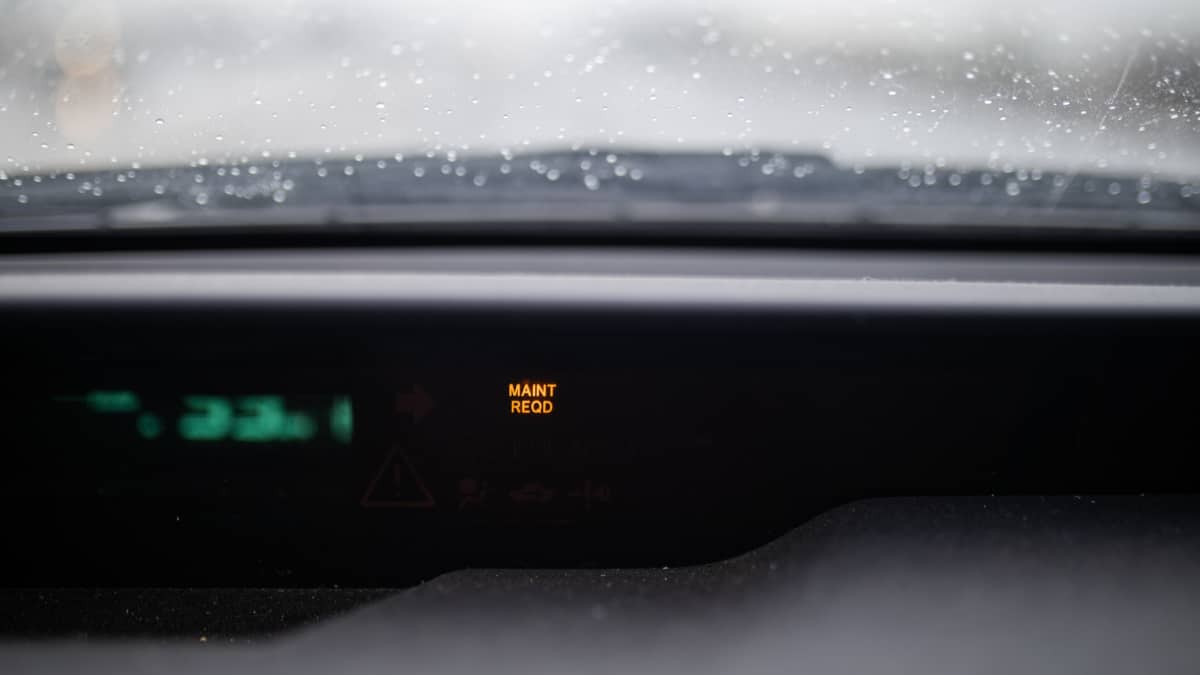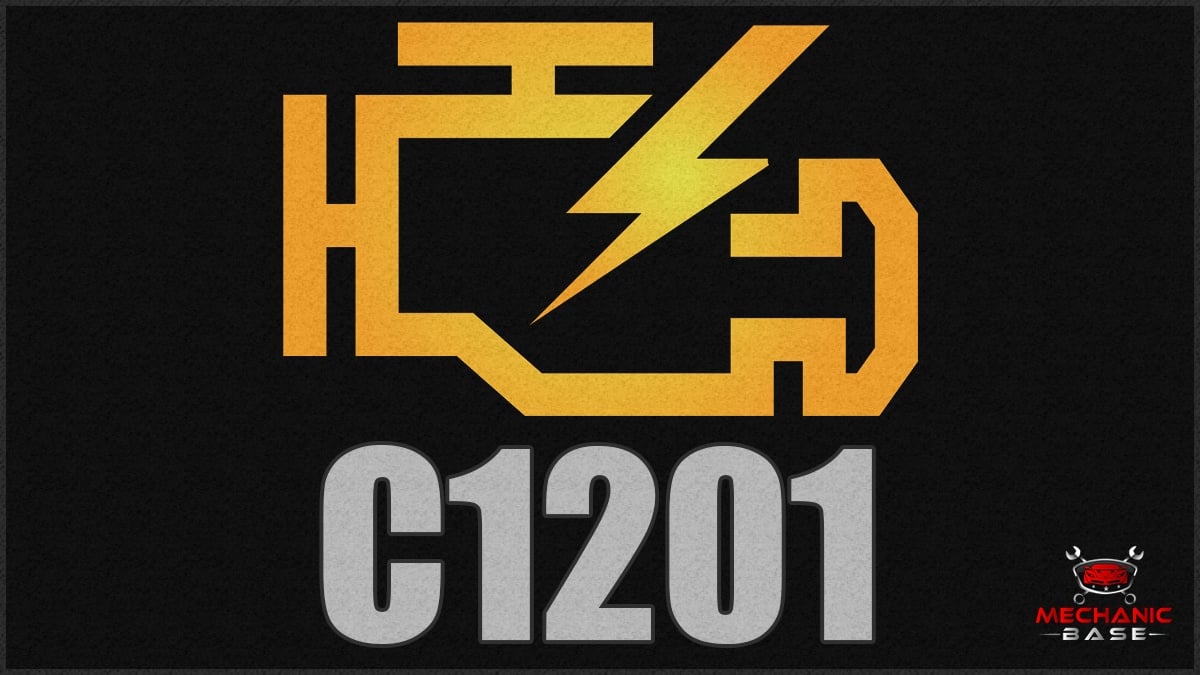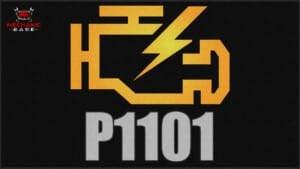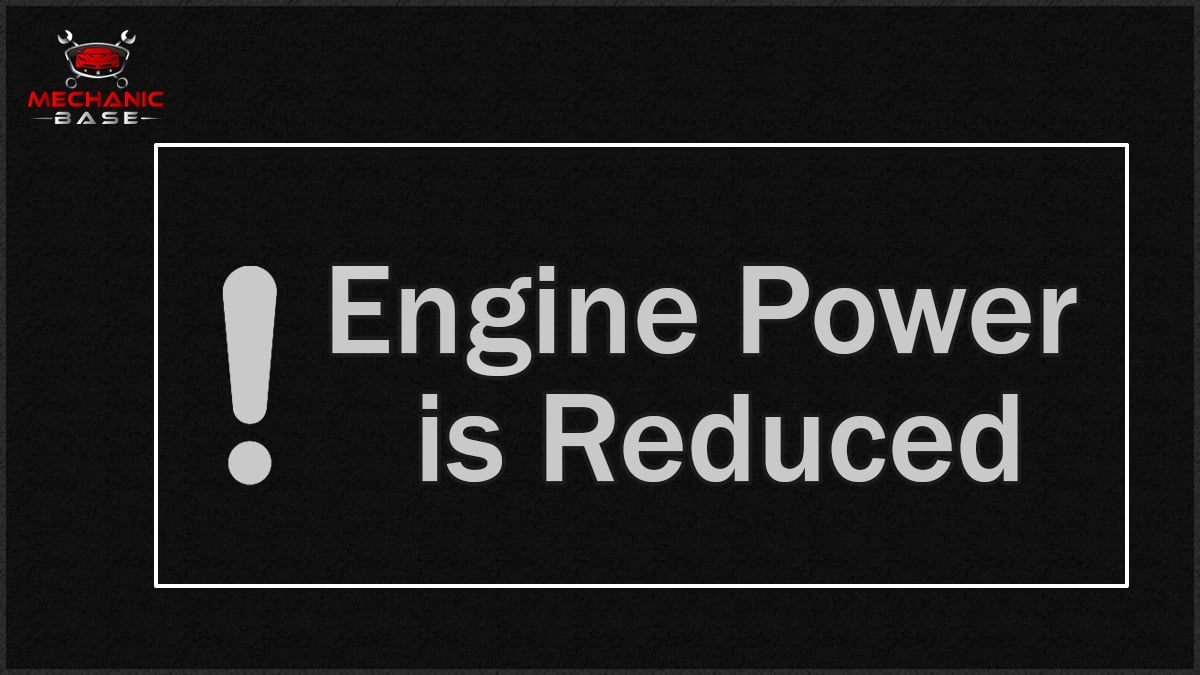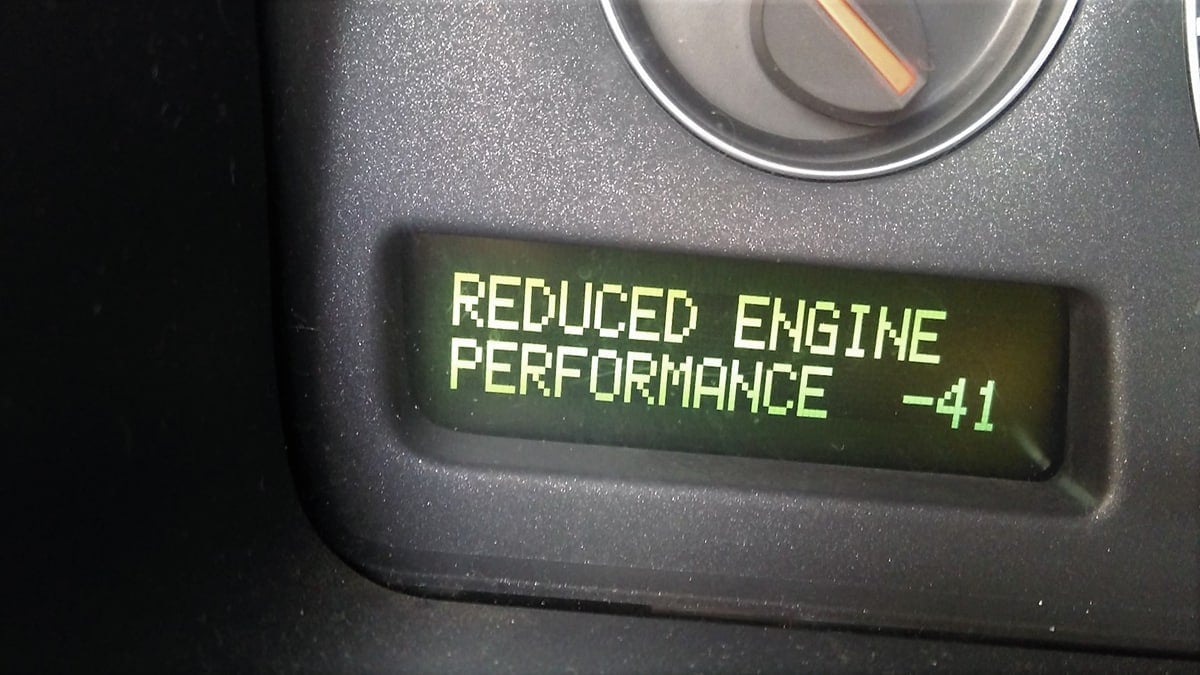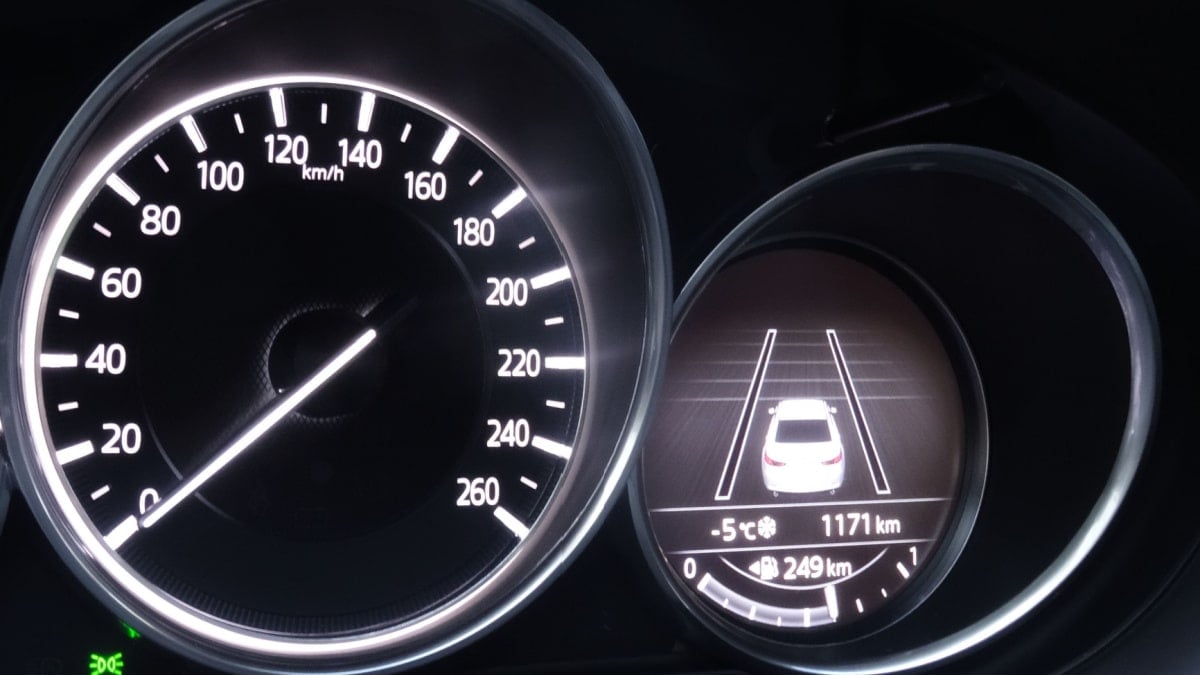Newer Toyota models have advanced braking systems that provide the added support needed to stop before a collision occurs. However, this system isn’t foolproof. If you get the warning message indicating Braking Power Low on a Toyota Highlander or Camry, you want to pay attention.
In this guide, we cover the main reasons for the Braking Power Low warning with Toyota Highlander and Camry models. We also show you a few fixes that will get you back on the road, and we answer your top questions.
What Does The Braking Power Low Mean On My Toyota?
The Braking Power Low message on a Toyota comes on when the braking system isn’t getting the vacuum it needs. Modern Toyota vehicles use a separate vacuum pump to build up the vacuum, and if the pressure is not enough, it will illuminate this light.
With a lack of power in the braking system, it can be more difficult to push the pedal down or it may feel very stiff. Additionally, you may not have the braking power required to stop your vehicle in time.
With older brake systems, problems were often related simply to the brake pads, rotors or fluid. That’s no longer the case. Now, with all of the electronic equipment and vacuum configuration, you see there’s much more that can go wrong.
Causes Of Braking Power Low Toyota
When the Braking Power Low message comes on on a Toyota Highlander or Camry, it could be due to a failed vacuum pump, cracked hoses, a malfunctioning brake booster, or a faulty ABS control module.
Let’s examine these options in-depth.
1. Faulty Vacuum Pump (Safety Recall Toyota Camry)
The vacuum pump is responsible for removing all of the air in the booster. This action creates the vacuum power that’s needed to maximize the braking action. With this vacuum power, you need to apply less pressure to the pedal to stop the car.
Therefore, if the pump fails, there’s going to be less braking power. Toyota vehicles are prone to this type of failure. As an example, there’s a 2018-2019 Toyota Camry recall because of the loss of power braking assist due to defective pumps. You will also see the same issue with Toyota Highlander models.
2. Bad Vacuum Hoses
Just as the engine uses vacuum hoses to direct the air for combustion, the modern braking system also contains vacuum lines. These hoses are responsible for supplying the vacuum power needed for the brakes to work.
As with any hoses and lines, cracks and kinks can form over time. When this occurs, the vacuum is interrupted and the brakes lose power. After all, a vacuum can’t exist if the air is leaking out of one spot.
4. Faulty Brake Booster
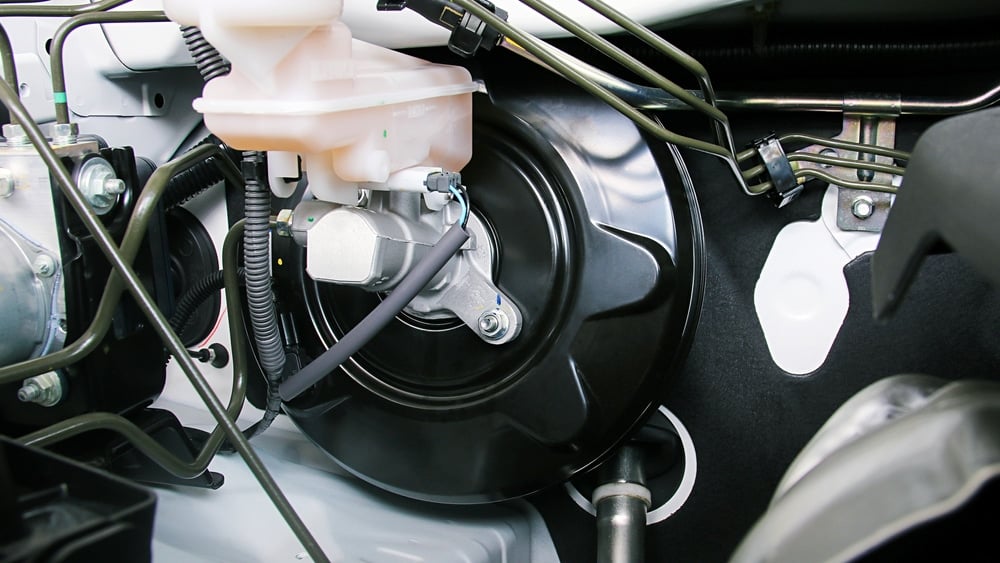
When the brake booster fails, it can cause a lot of different issues. Some people experience the fault as a spongy feeling to the brakes, which is often caused by a leak in vacuum pressure.
However, the bad brake booster can also create reduced power, leading to a feeling that the brakes are sticking or dragging. In this case, the problem may be a damaged piston or seal. Either way, you want to have it fixed immediately.
5. Faulty ABS Control Module
ABS stands for the anti-lock brake system. The ABS control module regulates braking power by opening and closing the booster valves. This system can malfunction and activate when it shouldn’t.
This problem is easy to figure out since ABS will activate at random times, creating trouble braking. You may also get a warning light about the ABS system on your dashboard.
How To Fix The Braking Power Low Warning On A Toyota
Once you’ve recognized that there’s a problem with the braking power on your Toyota, it’s time to take action. You don’t want to mess around with braking issues for too long because this creates safety concerns.
We recommend that you have a factory service manual for your Toyota. With the information listed there, you may be able to diagnose and repair the problem.
Here are a few other steps to consider.
1. Read Trouble Codes

When a fault occurs in today’s vehicles, a trouble code is set by the main computer. These codes can be retrieved by using a compatible OBDII scanner. Plug your scanner into the port under the steering wheel to pull the codes from the system.
In most cases, the code is going to mean nothing to the untrained eye. That’s why you want to use our trouble code library to understand the meaning behind the fault. With this information, you may be able to resolve the problem quickly.
2. Look for Technical Service Bulletins and Safety Recalls
The technical service bulletin is sent from the car manufacturer to dealerships alerting them of a mechanical issue. These bulletins are free to the public, allowing you to see what issues occur with your vehicle. These also give you a chance to see what fix might be recommended.
Some of these defects will turn into safety recalls, which are repaired for free at dealerships. The best way to find both the technical service bulletins and safety recalls for your vehicle is to use the NHTSA website. On this site, you enter your car’s VIN and all of the relevant information will be available to you.
3. Inspect the Vacuum Pump and Vacuum
You can diagnose a faulty vacuum pump with a special gauge. You want to compare the proper steps and readings with your service manual to make sure everything is in order.
Additionally, it’s important to inspect all of the lines, hoses and connections. You never know when one small defect will be found that’s causing all of the problems. You also want to ensure there are no leaks in the brake booster.
The vacuum pump on Toyota Highlander and Camry are located on the backside of the cylinder head.
4. Contact a Professional
If you can’t figure out what’s wrong or you need help with the repair, reach out to a local mechanic in your area. If you don’t know how to find a repair shop, talk to your family and friends about who they use.
It’s important to choose an ASE-Certified Mechanic that has the training and skills to work on these complicated matters. Ask for proof of certification and avoid trusting your car to anyone that simply calls themself a mechanic.
What causes loss of braking power?
In today’s Toyota models, the problem generally occurs in the vacuum system. A failed vacuum pump, cracked hoses, a malfunctioning brake booster or a faulty ABS control module may be to blame. The only way to know for sure is to visit a qualified mechanic that can diagnose the system.
What does the braking power low warning mean?
This warning message indicates that braking power isn’t normal with the power assist. Without this added braking power, the pedal may feel spongy or hard to depress. You may also lose braking ability, causing it to take longer to stop once you step on the pedal.
How do you fix low brake pressure?
First, you should read the trouble codes in the computer. If there’s a fault that can be fixed, start with that. After clearing the codes, you should check for a vacuum leak or trouble with the power assist system. If you are unsuccessful, a trip to a local repair shop may be in order.
Why is my brake pedal going so low when I stop?
With sophisticated power assist braking systems, the problem often lies in the vacuum. Either a part has failed or a hose is leaking. Otherwise, common braking issues can also be to blame, such as bad pads, defective rotors or low brake fluid. Have the system checked by a professional.
Nothing is scarier than losing valuable braking power when driving. With any change to the brake pedal, we also get alarmed and sometimes panic. However, panicking isn’t going to fix this problem and it could potentially make it worse. Even as professional mechanics, we have to remind ourselves of this fact whenever we deal with a personal braking fault.
Be safe and wise by having the system checked immediately. You don’t want to drive with malfunctioning brakes and it’s not fair to others on the road. Yes, it may cost you a little money to have the system repaired, but it’s a drop in the bucket compared to what you will spend after an accident you could have avoided.
Learn more:
- Pre-Collision System Malfunction Toyota: Meaning, Causes & How To Fix
- Toyota Maintenance Required Light – Meaning, Causes & Fixes
- Are Toyotas Good Cars? Are They Reliable?
Tags: Toyota
Categories: Brakes, Warning Lights
